France is notorious for its centuries-old perfume industry. From the royal perfumers of the French court to the golden youth of Paris’s Roaring Twenties, iconic fragrance brands have played a part in many of the nation’s historic moments — and some have retained their glory to this day. Embark on an olfactory journey through time with these 15 heritage French perfume brands, as their exquisite bouquets unveil ancient secrets and visionary successes.
Oriza L. Legrand (est. 1720)

Fargeon Aîné, perfumer and distiller to Louis XV of France, founded the Maison Oriza in 1720 and thus began a rich royal history. It was designated the official purveyor of toiletries and fragrances to the French Royal Court, famously gaining the custom of Queen Mary-Antoinette herself. The name of this French perfume brand is derived from Oryza Sativa, the Latin name for rice powder which formed the base of its powders and make-up.
Fragrance artist Louis Legrand took over the house in 1811, and thus Maison Oriza became Oriza L. Legrand with the opening of the brand’s Paris boutique on the rue Saint Honoré. The prestige of Oriza L. Legrand continues in France today with its deep respect for the finest raw materials and traditional artisanal processes.
 Shop Now
Shop Now
 Shop Now
Shop Now
L.T. Piver (est. 1774)
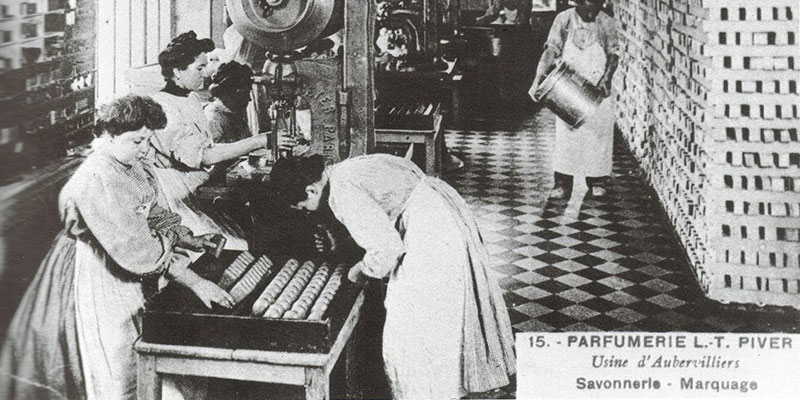
The story of L.T. Piver begins in Paris in 1774 with Michel Adam, a dynamic salesman, who rose through the ranks of his profession to become the official purveyor of perfume to the court of Louis XVI. His successors continued his legacy and formed the Piver dynasty, which became an outstanding global success.
By the nineteenth century, L.T. Piver had over one hundred branches around the world and a growing clientele in Paris, including the Bonaparte family. The House boasted an extensive line of health and beauty products, ranging from soaps and body creams to perfumed gloves. Its fragrances, based on rare essences derived from flowers and botanicals grown and processed in Grasse, have earned this French perfume brand numerous awards and distinctions over the years. Its signature scents include leather-based Cuir and heady floral Heliotrope.
 Shop Now
Shop Now
 Shop Now
Shop Now
Houbigant (est. 1775)

It’s been said that modern perfumery as we know it would not exist without the House of Houbigant — the world’s oldest fragrance house. It began in 1775, when a young man named Jean-Francois Houbigant opened a perfume shop in Paris on the rue du Faubourg Saint-Honoré. Houbigant’s fragrances soon gathered a following among nobility, and he eventually became perfumer to the royal courts of Europe. Napoleon, Queen Victoria, and Russian Czar Alexander III were among his clientele.
In 2005, the Perris family acquired the House of Houbigant. They have focused on reclaiming its prestige by continuing to create exquisite fragrances using fine ingredients and time-honored techniques.
 Shop Now
Shop Now
 Shop Now
Shop Now
Lubin (est. 1798)

Considered the founder of modern perfumery, Pierre-Francois Lubin began his career as an apprentice to renowned Jean-Louis Fargeon, eventually inheriting the recipes for the perfumes of the French Royal Court. In 1798, Lubin opened his own boutique, “Au Bouquet de Roses,” named in tribute to Marie-Antoinette and her love of the Trianon rose gardens.
This French perfume brand became popular with the young elite class emerging after the French Revolution, among them Empress Josephine and Napoleon I’s sister Pauline Bonaparte. The success led Lubin to become the favorite perfumer of the 19th century European royal courts. Today, a bottle of Lubin’s “Black Jade” still transports us to the queen’s secret rose gardens in a drop of her beloved scent.
 Shop Now
Shop Now
 Shop Now
Shop Now
Violet (est. 1827)

Violet perfumery set the stage for the French cosmetics industry. Founded in 1827 by Mr. François-Étienne Violet, the French perfume brand was the official supplier to Empress Eugenie and Queen Isabel II of Spain during the late 19th century. The bee, symbol of the Empress, became the brand’s trademark and marked every bottle.
The company ceased operations during the economic downturn of 1955, but in 2017 three young men, Victorien, Paul and Anthony, decided to resurrect the brand. With a passion for vintage perfumery, they modernized its classic formulas while maintaining uncompromising quality, reinventing the neoclassical perfume genre for contemporary times while keeping connected to its past.
 Shop Now
Shop Now
 Shop Now
Shop Now
Féret Parfumeur (est. 1878)
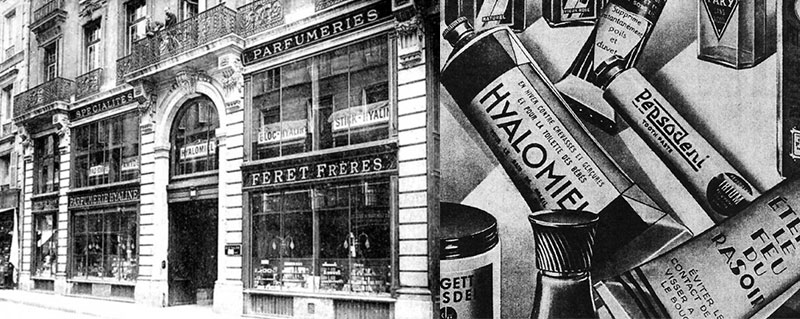
Féret Parfumeur was established in 1865 and succeeded by the founder’s two sons, Lucien and Roger Féret, in 1878. Two award-winning apothecary products made its name and secured its popularity for over a century. Bloc Hyaline, awarded three medals at the Paris World Fair in 1900, was the first stone of alum in France. Leaving an invisible film of mineral salts on the skin, it prevents the formation of bacteria responsible for unpleasant odours.
To this day, each stone is hand cut and unique, and use ranges from shaving to deodorizing. The second award-winning product, Hyalomiel, is a rich cream for the care of hands and feet. It is made with organic honey from the Garrigue region of France. The French perfume brand’s two signature fragrances, a ladies’ and a men’s version, take inspiration from its own gardens and distillery in Maine Gailard, featuring sophisticated notes of florals and musks.
 Shop Now
Shop Now
 Shop Now
Shop Now
Berdoues (est. 1902)
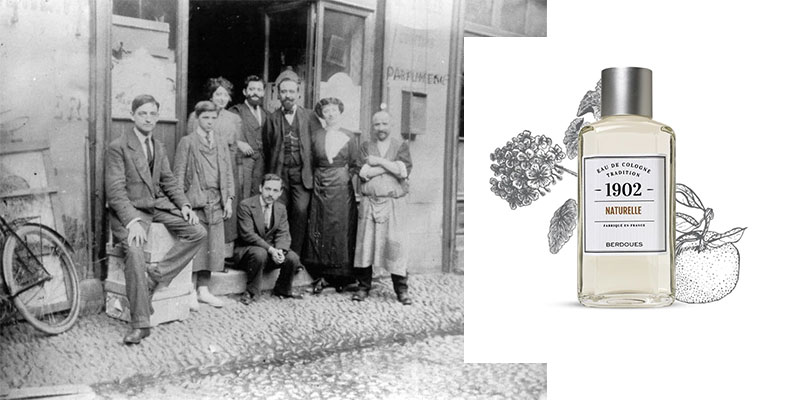
The Berdoues family founded its eponymous brand in 1902, when hairdresser Guillaume Berdoues created an amber Eau de Cologne for perfecting shaves. He opened a perfumery in Toulouse. Since then, the family’s expertise has been passed through four generations of perfumers in over 100 years of innovating and perfecting their craft.
In 1936, second generation perfumer Henri Berdoues began a new chapter in the House’s history with the creation of Violette de Toulouse perfume, which inspired the hugely successful Perfume Violette three years later.
The French perfume brand continues to uphold the purest traditions of French perfumery with a vision of developing natural and responsibly made products. Its Grands Crus Collection exemplifies this philosophy, using fragrant woods from around the globe — from the cherry trees of Mount Yoshino to the Cedars of Lebanon.
 Shop Now
Shop Now
 Shop Now
Shop Now
Caron (est. 1904)
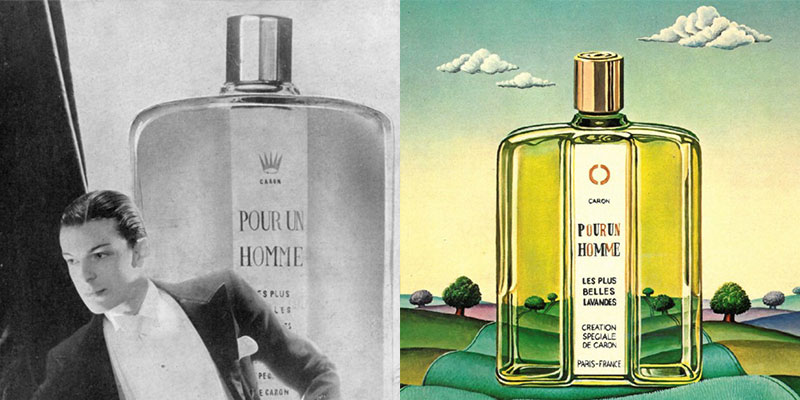
The House of Caron was envisioned by Ernest Daltroff, a perfumer inspired by his love of flowers and wanderlust spirit. His legendary 1934 fragrance Pour un homme was the first masculine perfume in history — a scent balancing notes of lavender and vanilla.
Today, Carson’s perfumer Jean Jacques shares the founder’s curiosity and love of travel in his approach to haute parfumerie. His iconic scents tribute Daltroff’s favorite blossom, the rose, along with classical notes of white florals in Narcisse Blanc, or the mysterious smokiness of tobacco in Tabac Noir and Tabac Exquise.
 Shop Now
Shop Now
 Shop Now
Shop Now
Coty (est. 1904)
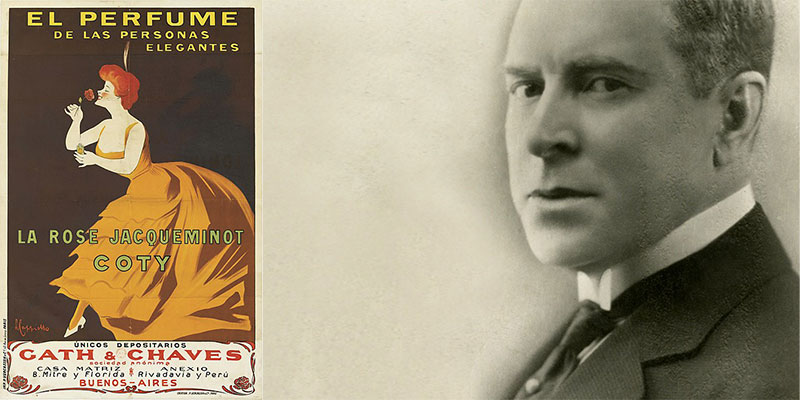
François Coty has played a vital part in forming the luxury beauty market as we know it today. In 1904, he set out to reinvent the fragrance industry’s palette with a new scent — going so far as to break a bottle of his first fragrance, La Rose Jacqueminot, in a Parisian department store in order to convince the manager to carry it. Customers flocked to the captivating scent, and the Coty legacy was established. Within weeks, La Rose Jacqueminot could be found in perfume boutiques across Paris. Later, an entirely new category of fragrance opened with his iconic L’Origan and Chypre scents. A sense of elegance and creativity infused Coty’s work, making his beauty products revered around the world.
 Shop Now
Shop Now
 Shop Now
Shop Now
Isabey
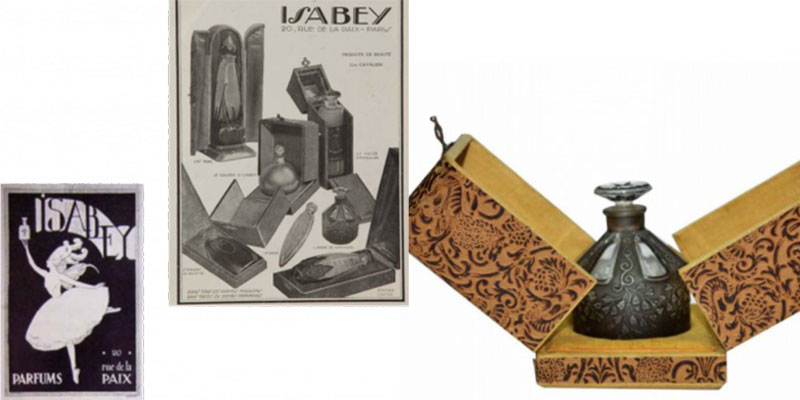
Named after the famous 19th century French painter and miniaturist, Isabey was established in Paris during the dynamic Roaring 20s, founded by Baron Henri James de Rothschild, a philanthropist, doctor and playwright who recognized the potential of exporting French perfume worldwide. In 1925, Isabey captured attention at the International Decorative Arts Exhibition in Paris with six fragrances. The French perfume brand continued to expand its reputation, earning accolades for its scents as well as for the bottles that housed them. Its famed pearl-like Perle bottles were created by master glassworker André Jollivet, who perfected the technique of applying lacquer to blown glass. In 1999, the House was bought by Panouge Group Company.
 Shop Now
Shop Now
 Shop Now
Shop Now
Patou (est. 1925)
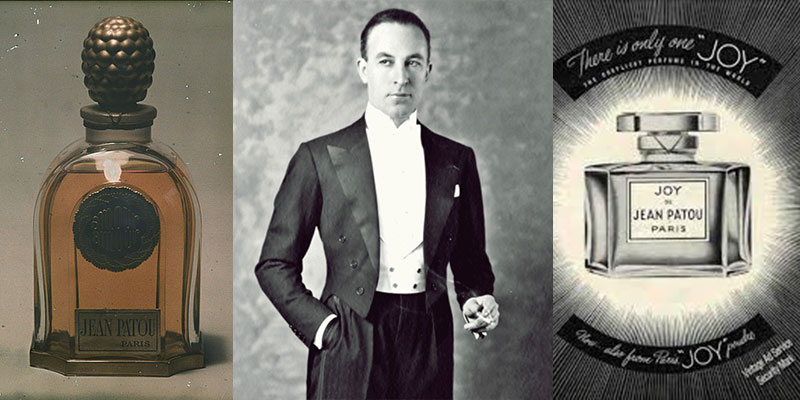
Jean Patou began his career in luxury fashion: first at his family’s fur business, and then with a salon of his own. In 1925, he introduced some of his first perfumes by installing a cubist-style fragrance bar in his shop with a dedicated mixologist who blended customized scents for clients. When the Great Depression set in the 1930s, Patou created the “Joy” perfume for the House’s clients who could no longer afford the couture fashion line. Known as the costliest fragrance in the world, it required 10,600 jasmine flowers and 336 roses to make just one ounce of perfume; yet its popularity held even throughout the Depression. Today, Joy, with its fragrant floral bouquet and long-lasting sillage, remains the world’s second best-selling scent after Chanel No. 5.
 Shop Now
Shop Now
 Shop Now
Shop Now
Fragonard (est. 1926)

Entrepreneur Eugène Fuchs opened Parfumerie Fragonard in 1926, based on the clever and novel idea to sell perfumery products directly to tourists flocking to the French Riviera. Already seduced by the magic of scent and looking to run his business according to tradition, he chose its name after the famous Grasse-born painter Jean-Honoré Fragonard and in honour of the town of Grasse, France’s perfume capital. Since then, the Fragonard spirit has been kept alive through three succeeding generations, with traditional know-how passed on as the company underwent expansion and modernization.
Today, Fragonard continues its vision under the ownership of the family’s successors, sisters Agnès and Françoise Costa. The French perfume brand maintains the Musée du Parfum Fragonard in Paris, a must-see for any perfume enthusiast that chronicles the extraordinary history of fragrance from antiquity to the present.
 Shop Now
Shop Now
 Shop Now
Shop Now
Molyneux Paris (est. 1927)

The history of Molyneux began in 1910, when nineteen-year-old sketch artist Edward Molyneux began working for London fashion house Lucile. A year later, he opened his own couture house in Paris on 5 Rue Royale, with other locations to follow. His simple yet sophisticated styles attracted a celebrity clientele, including Greta Garbo and Marlene Dietrich.
In the 1920s, Molyneux released Le Numero Cinq perfume, which stirred up some controversy with the release of Chanel No. 5 around the same time. The aldehyde scent remained popular until the 1970s. Now operating under the Parfums Berdoues group, Molyneux Paris continues to keep its simple style at the heart of its creations, with many scents, such as Captain or Quartz.
 Shop Now
Shop Now
 Shop Now
Shop Now
Le Galion (est. 1930)

Le Galion Perfume House boasts imperial lineage, founded in 1930 by Prince Murat, a distant relative of Napoleon 1st. In 1935, the French perfume brand was purchased by perfumer Paul Vacher. Under Vacher’s guidance, Le Galion fragrances gained immense popularity, in particular its Sortilège that contained over 80 natural essences. Paul Vacher was approached by Christian Dior in 1946 to create a fragrance for his fashion house, and the scent known simply as Miss Dior was born.
Le Galion went out of business in the 1980s; however, more than 30 years later, the brand has been reborn and is restoring its original fragrances. To celebrate its 90th anniversary in 2020, the house created a new collection of nine fragrances in tribute to each decade, celebrating timeless French perfumery with re-editions of some of its greatest hits along with new compositions by renowned perfumers.
 Shop Now
Shop Now
 Shop Now
Shop Now
Robert Piguet (est. 1938)

“Robert Piguet taught me the virtues of simplicity through which true elegance must come,” once said Christian Dior. Indeed, “Prince of Fashion” Robert Piguet demonstrated a passion for design from an early age. He opened his Paris atelier in 1933, quickly gaining a thriving following among the fashion elite for impeccably styled looks. In the late 1940s, his collaboration with perfumer Germaine Cellier led him to a new chapter: perfume. His signature scents Bandit and Fracas are said to have defined a new era in perfumery, embodying the same masterful, seductive quality that characterized his designs. Piguet died at the age of 55, but his visionary talent lived on through the enduring beauty of his fragrances.
 Shop Now
Shop Now
 Shop Now
Shop Now